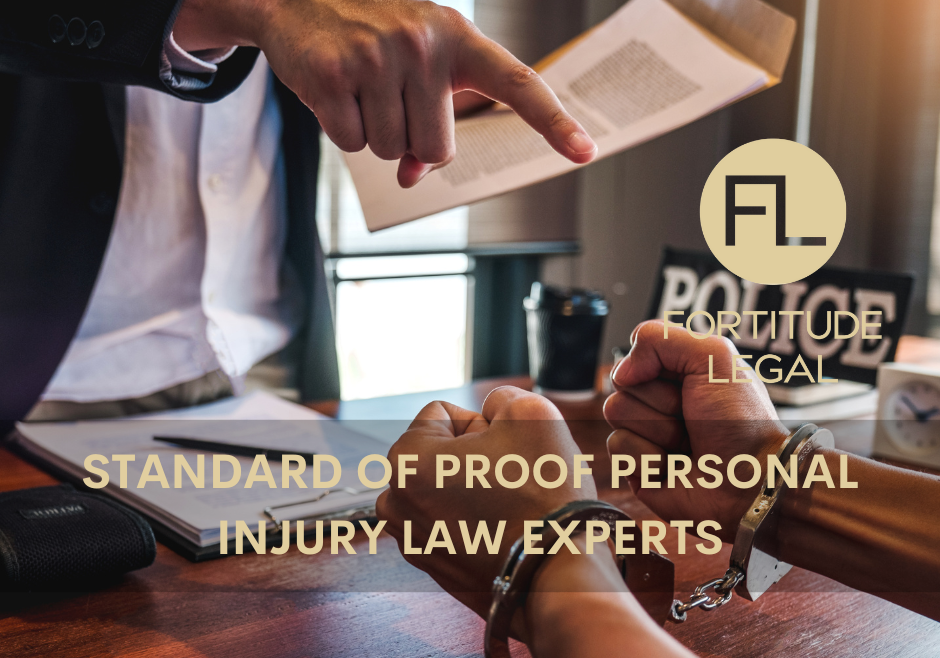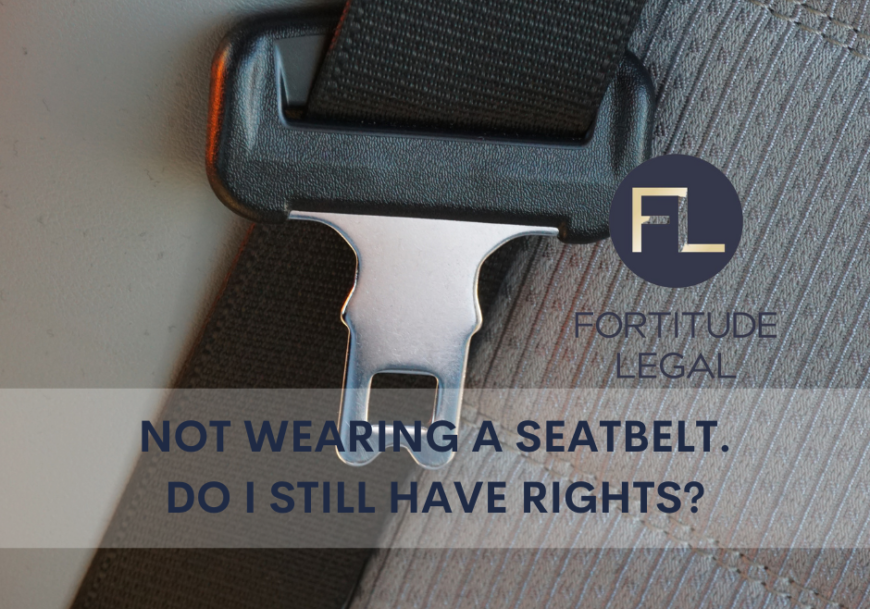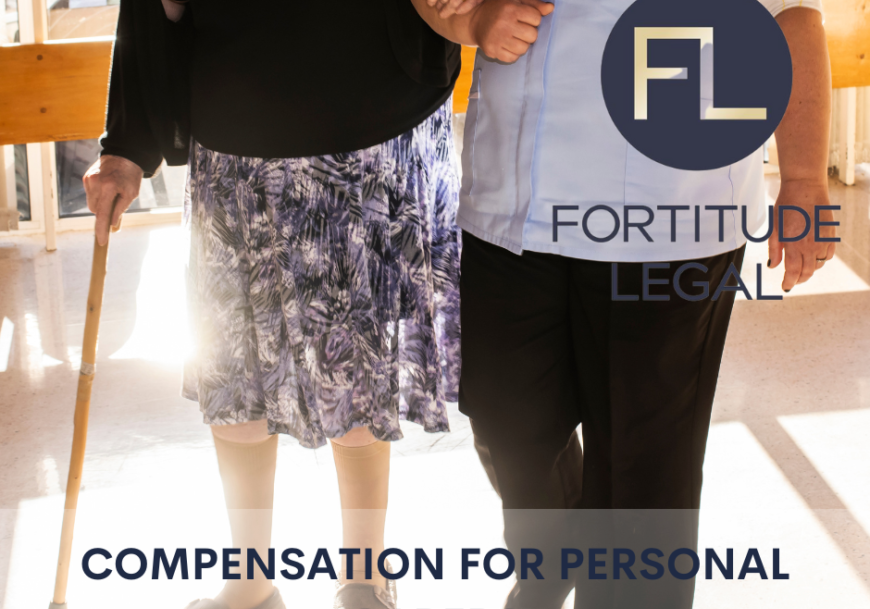Injury Caused By Livestock Straying Onto Road – Your Rights

INJURY CAUSED BY LIVESTOCK STRAYING ONTO ROAD – YOUR RIGHTS
Being regional lawyers, we regularly come across injuries on the road caused by straying livestock. The presence of a cow, horse or sheep on a public road does not of itself enable an injured motorist to obtain compensation from the owner of the livestock in the event of injury.
In order to be entitled to compensation for a collision between a motor vehicle and livestock, a claim for compensation must be lodged with the Transport Accident Commission (hereafter referred to as the TAC). Should the claim for compensation be accepted, the TAC will be required to pay No Fault entitlements in accordance with the Transport Accident Act 1986 (Vic).
No Fault Entitlements
No Fault entitlements payable by the TAC include:
- Medical and Like Expenses
- Income Benefits
- Impairment Benefit
These benefits are payable in circumstances where there is a collision between a motor vehicle and livestock, irrespective of whether the owner of the livestock is found to be at fault.
Serious Injury
When an injury occurs as a result of a collision between a motor vehicle and livestock, the injured motorist is required to demonstrate that they have suffered from a serious injury prior to brining a common law claim.
A serious injury can be proven by establishing a permanent whole person impairment of 30% or more in accordance with the AMA Guides 4th Edition; or
Demonstrating a serious injury via the “narrative test”. The narrative test defines serious injury as:
- Serious long-term impairment or loss of a body function; or
- Permanent serious disfigurement, such as scarring; or
- Severe long-term mental or severe long-term behavioural disturbance or disorder; or
- The loss of a foetus.
Initial application via the narrative test is made to the TAC. Should the TAC deny the serious injury application, a court proceeding is able to be issued to request a County Court Judge to grant leave to the injured party to proceed with the claim.
Negligence
In order to successfully obtain damages from the owner of livestock the following would need to be established:
- The identity of the party responsible for keeping the livestock contained (i.e. the owner of the livestock or the owner of the property from where the livestock has strayed).
- The party responsible for keeping the livestock contained has failed to take reasonable steps to keep the livestock on the private property, which in turn has led to the transport accident. For example, it may be able to be demonstrated that the owner of the livestock has inadequate fencing or has left a gate open.
Often such landowners will hold policies of insurance, which include public liability coverage.
There may be circumstances where the owner of the livestock will not be found to be negligent. For example a livestock owner may argue that they are not at fault when cows escape from a paddock as a result of tree unexpectedly falling over within a paddock and taking down a fence.
The circumstances of negligence involving livestock can be complicated and often require early investigations to ensure that the necessary evidence to prove negligence against the person(s) responsible for the livestock.
If these steps are not taken at an early stage, the injured party may lose the opportunity to obtain damages in relation to their injuries.
Damages – What is Available?
When the injury occurs as a result of a collision between livestock and a motor vehicle, damages may be available for pain and suffering and for pecuniary loss. As the Transport Accident Act applies to these claims, the current threshold to be entitled to receive compensation for pain and suffering and pecuniary loss is currently set at $59,150. If a claimant does not breach the threshold, they would not be entitled to receive any compensation.
The law currently sets a statutory maximum of $1,331,890 for pecuniary loss and a maximum of $591,910 for pain and suffering damages.
Please note that the common law time limitation to proceed with a claim via the transport accident act is 6 years for an adult. Please note that extensions of time can be granted in exceptional circumstance and that alternative time limitation periods may apply in relation to minors or people under a disability.
Director, Fortitude Legal
Contact Us
Contact Form
"*" indicates required fields








